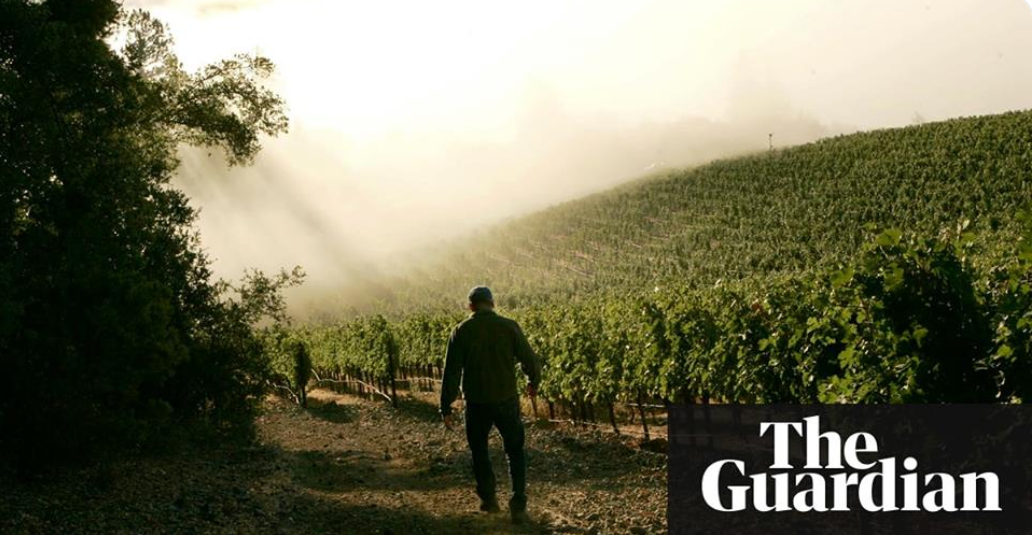Napa County is facing a heated election over a grassroots citizen’s initiative. Measure C, the Watershed and Oak Woodland Protection Initiative, would protect long-term water supplies for agriculture, including vineyards, as well as for residents, by capping the number of oak trees that can be removed without a permit from the county’s agricultural watershed zone. Ensuring a stable water supply benefits the wine industry directly, which is why some of the region’s most prominent winemakers enthusiastically support Measure C.
Water is a finite resource, and there is no life — or wine — without it. Napa County is on the brink of a water crisis, whether Measure C’s opponents are willing to admit it or not.
On May 18, the California Department of Water Resources released its draft prioritization of groundwater basins in need of oversight, and the Napa River basin was identified as a high priority. This analysis comes after Napa County provided misleading information to regulators that overstated the stability of local groundwater supplies by cherry-picking data. State regulators didn’t buy it.
Napa County’s water supplies need protections now, not after we’ve planted more wine grapes than we can irrigate. Unfortunately, county leaders are more dedicated to the wants of the wine industry than the needs of the community. Because county leaders will not take action to protect our water, we turned to the initiative process.
After years of seeing Napa County officials skew land-use decisions to favor deep-pocketed wine industry interests, we launched this campaign to protect our hillside watershed lands. Measure C’s proponents partnered with the board of a wine industry trade group, Napa Valley Vintners, to negotiate the language now before voters. This measure is a reasonable compromise that allows for a limited amount of additional clearing of oak trees in exchange for tightened regulations. These regulations — things like increased buffer zones around streams and wetlands — are based on current science that is referenced in many of Napa County’s own planning documents.
Napa Valley Vintners helped to cover legal costs associated with its drafting and met with members of the Board of Supervisors with us to support its passage. Unfortunately, a vocal opposition from the Napa Valley Vintners’ membership pressured the group to abandon its support.
For years, the growth of large, corporate wineries has shifted the balance of power in Napa County to favor outside interests. The ongoing consolidation of what was once a valley of small wineries has led to an increasingly aggressive wine hospitality culture focused more on short-term profits than environmental sustainability or quality of life for residents.
Napa County’s hillside oak woodlands promote groundwater recharge, reduce flood risk, prevent erosion and siltation of waterways, and provide a buffer against drought. As we lose woodlands, we lose these protections.
Today, hillsides are clear cut to make room for grape vines. Event centers and tasting rooms are granted retroactive approvals — even when they defy local zoning regulations — and unfettered winery expansion is causing traffic congestion.
Everyone living or working in and around Napa County benefits, whether directly or indirectly, from a thriving wine industry. But ensuring the continued vitality of our local economy requires protecting our water supplies.
We urge every Napa Valley resident to vote “yes” on Measure C — for our water, for our future, for us all.
Mike Hackett and Jim Wilson are co-chairs of Napa County’s Yes on C campaign.
Related:
Battle for Napa Valley’s future: Proposed curb on vineyards divides county









